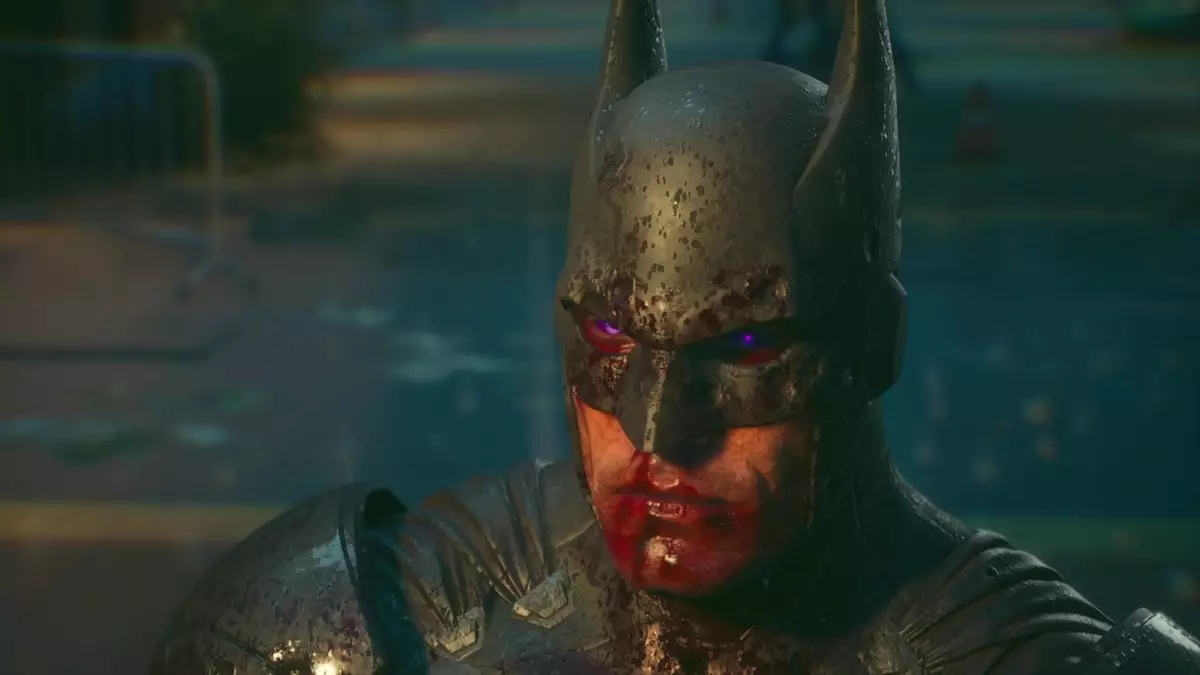When “Suicide Squad: Kill the Justice League” was announced, it generated considerable excitement among fans of the DC universe and gamers alike. Rocksteady, the studio renowned for the critically acclaimed “Batman: Arkham” series, was set to delve into darker, uncharted territory. However, upon release, the game fell far short of expectations, resulting in a wave of criticism from both players and reviewers. The aspiration to innovate and blend storytelling with interactive gameplay seems to have backfired, leaving a bitter aftertaste that many players still struggle to digest.
The game’s initial reception emphasized a mix of frustration and disappointment. Issues such as repetitive mission structures, incoherent combat mechanics, and a failure to establish a compelling live service model led to a feeling of underwhelming engagement. The intent for cooperative play morphed into a cumbersome experience, disconnecting players from the immersive qualities that they had come to expect from Rocksteady titles. Instead of delivering a gripping narrative filled with morally ambiguous choices, players faced a monotonous grind marred by lackluster gameplay.
Climactic Confusion and the Fate of Batman
A pivotal moment within “Suicide Squad: Kill the Justice League” is the shocking and brutal portrayal of Batman’s death. The game dared to tackle the grave task of stripping down this iconic character, revealing vulnerabilities that had previously remained hidden. However, the resolution presented in a brief two-minute comic strip ultimately undermined this momentous decision. It was revealed that Batman’s abrupt demise was merely an illusion; the character who died was a clone, suggesting that not much has really changed in the grand narrative.
For many fans, this twist feels like an insult. The cliched plot device of characters returning from death—a common trope in comic book arcs—strips away any emotional weight from the gameplay. Critics have pointed out that this approach diminishes the stakes, making the entire venture feel trivial. In a game that promised to confront the Justice League, the fumbled delivery of its narrative resolution renders it inconsequential. Such a narrative misstep, particularly for a franchise known for its complex characters and storylines, leaves avid followers of the genre feeling betrayed.
Moreover, the method of delivering the game’s ending—a static comic animation rather than a cinematic conclusion—resonates poorly with user expectations. Players anticipated a climactic, visually impactful finale, perhaps reflective of previous Rocksteady productions. The choice to revert to a comic strip format, which is often rampant in gaming, does not just feel anticlimactic; it speaks volumes about a lack of ambition and investment in delivering a compelling resolution.
It’s worth noting the game’s eroding player base as well. With peak player counts plummeting drastically only weeks post-launch, this decline further underscores the dissatisfaction permeating the community. From an initial high of over 13,000 players to just 505, it is clear that engagement has dropped sharply, illustrating how many players have walked away from the experience unfulfilled.
The Legacy of Missed Opportunities
In retrospect, “Suicide Squad: Kill the Justice League” serves as a cautionary tale within the gaming industry. What could have been an innovative leap into storytelling has instead become a cautionary example of how intent does not always translate into execution. The brainstormed ideas of a gritty, high-stakes narrative stretched across cooperative play ultimately disintegrated into a muddled experience that failed to capture its audience.
For fans of Rocksteady and the DC universe, this endeavor seems like a forgone chance. While the comic world thrives on resurrecting characters and lax storytelling, video games have the potential to forge profound connections through player agency and immersive narratives. The juxtaposition of ambition versus realization has left many questioning whether such shadows of iconic characters should remain dormant or, perhaps worse, be resurrected under poorly paced circumstances.
While the ambition was there, the culmination of vision, structure, and player satisfaction was regrettably absent. As the dust settles on this ignominious release, one can only hope that future titles learn from these pitfalls and aspire to elevate the art of storytelling within the realm of interactive entertainment.

